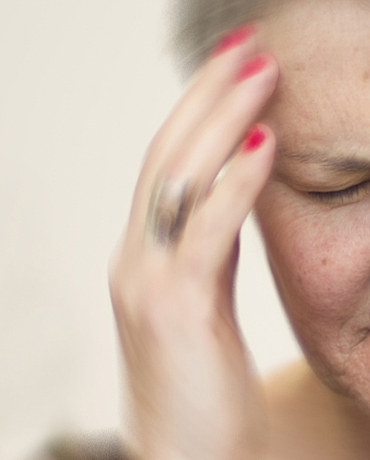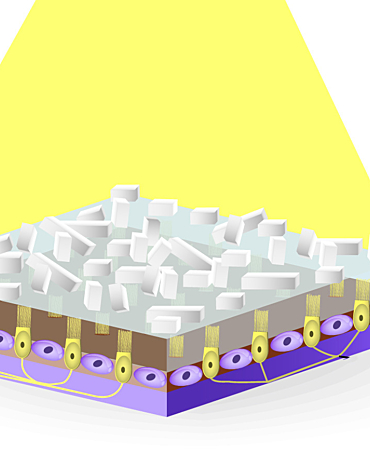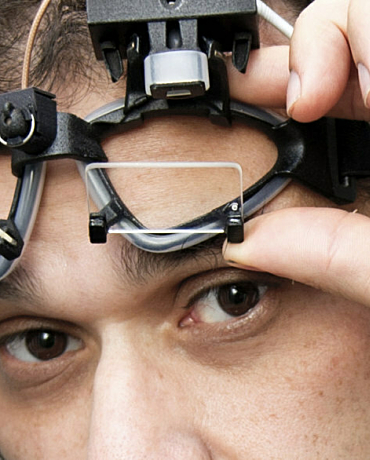The vestibulo-ocular reflex (VOR) is important for maintaining visual stability during tasks that move the head rapidly and unpredictably. The vestibular organs, one in each inner ear, sense rotational and linear head motion and move the eyes to compensate for passive head movements.
A vestibular organ can be damaged by disease, degenerative conditions and by chemical or surgical interventions. When both vestibular organs are damaged, it can be severely debilitating.
The balance system senses head motion via the balance organs and stabilises vision during head movements. Without it, your vision would become blurry when your head moved and be severely disabling. This system can self-repair after injury, but that varies between patients.
Between 10 to 30% of older people living in the community report dizziness, often leading to functional disability and psychological distress. The lack of diagnostic tests and the reliance of many clinicians on poorly described symptoms, are significant barriers to diagnosis and intervention. For this reason, despite effective treatments being available, up to 40% of older people with reported dizziness remain undiagnosed and untreated.
Our research approaches
NeuRA’s research in this area has three closely related goals; to understand the signal processing mechanisms that control the VOR; to apply this knowledge of basic vestibular physiology to the diagnosis and treatment of balance disorders in humans; and finally to address loss of balance, a pressing health-related issue that affects quality of life in up to 5% of the population.
Our research discoveries
We have developed a rehabilitation technique shown to reliably improve self-repair. This project consists of 13 individual experiments that will help us better understand how the balance system can be trained to improve using our new rehabilitation technique and device.
The effect of enhanced vestibular transmission on plasticity of the vestibulo-ocular reflex (VOR).
We have also identified a nerve-pathway crucial for balance adjustment and self-repair. Through further investigation, we hope to determine whether stimulation of this pathway can improve balance recovery in humans.






